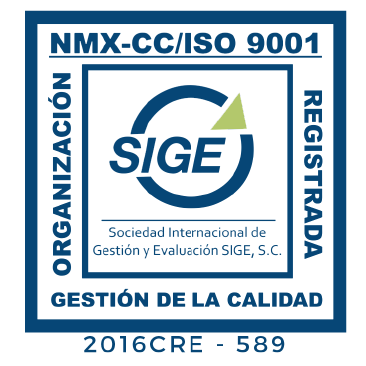Tank equipment
We have a wide range of air emission control equipment for storage tanks, safety devices, as well as control equipment for environmentally friendly burners.
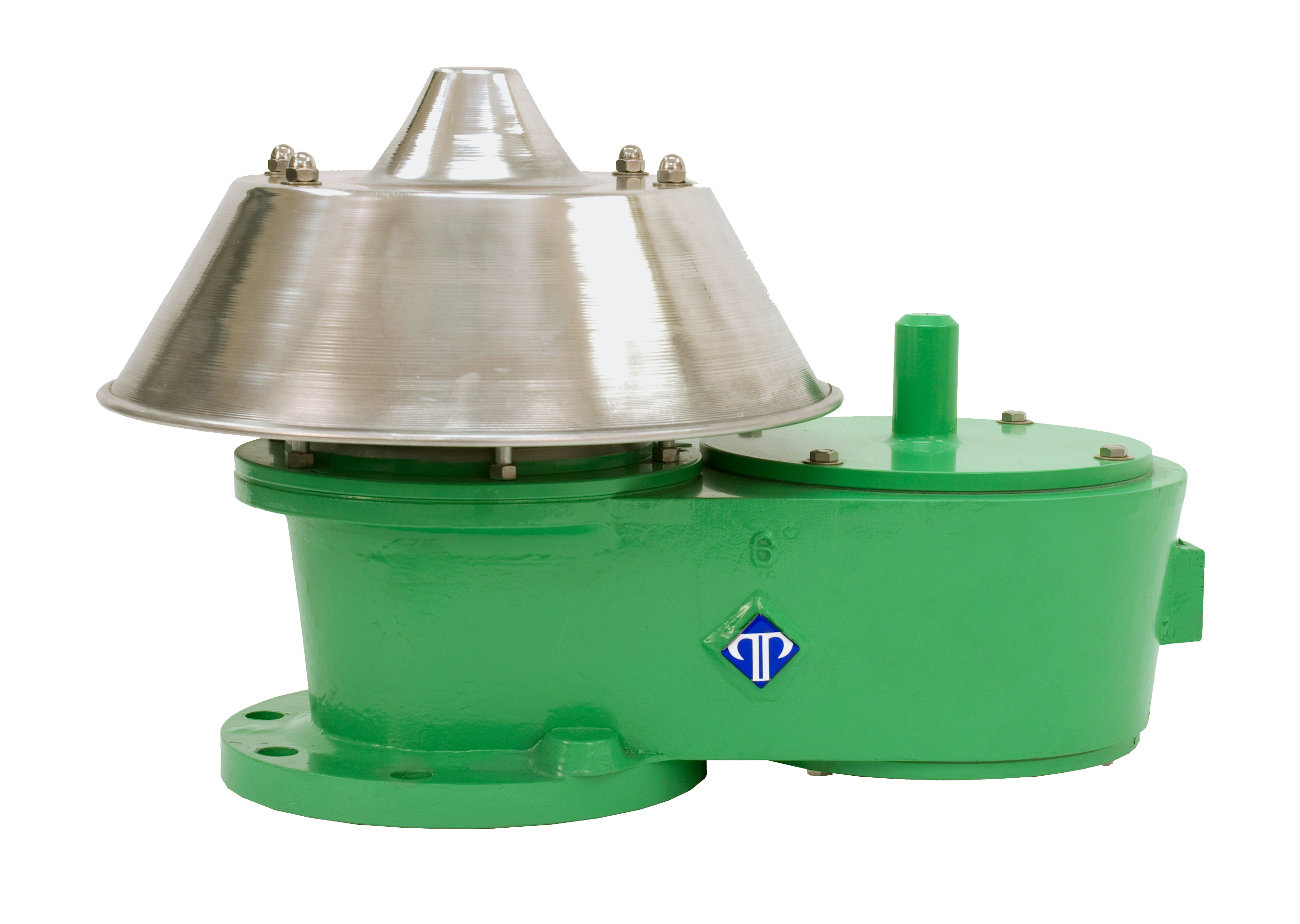 Vent Valves
Vent Valves(Series 55)
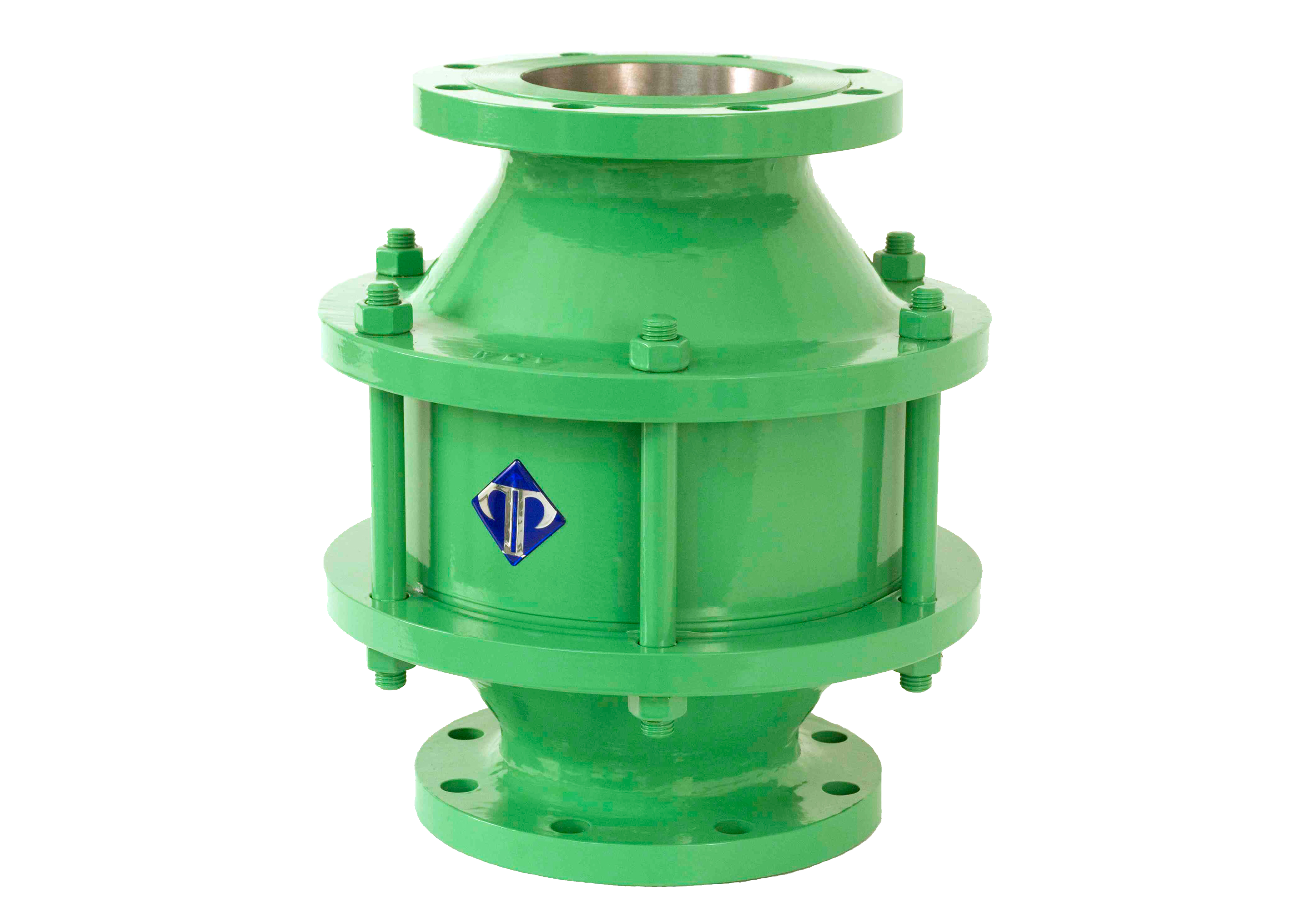 Flame Arresters
Flame Arresters(Series 65)
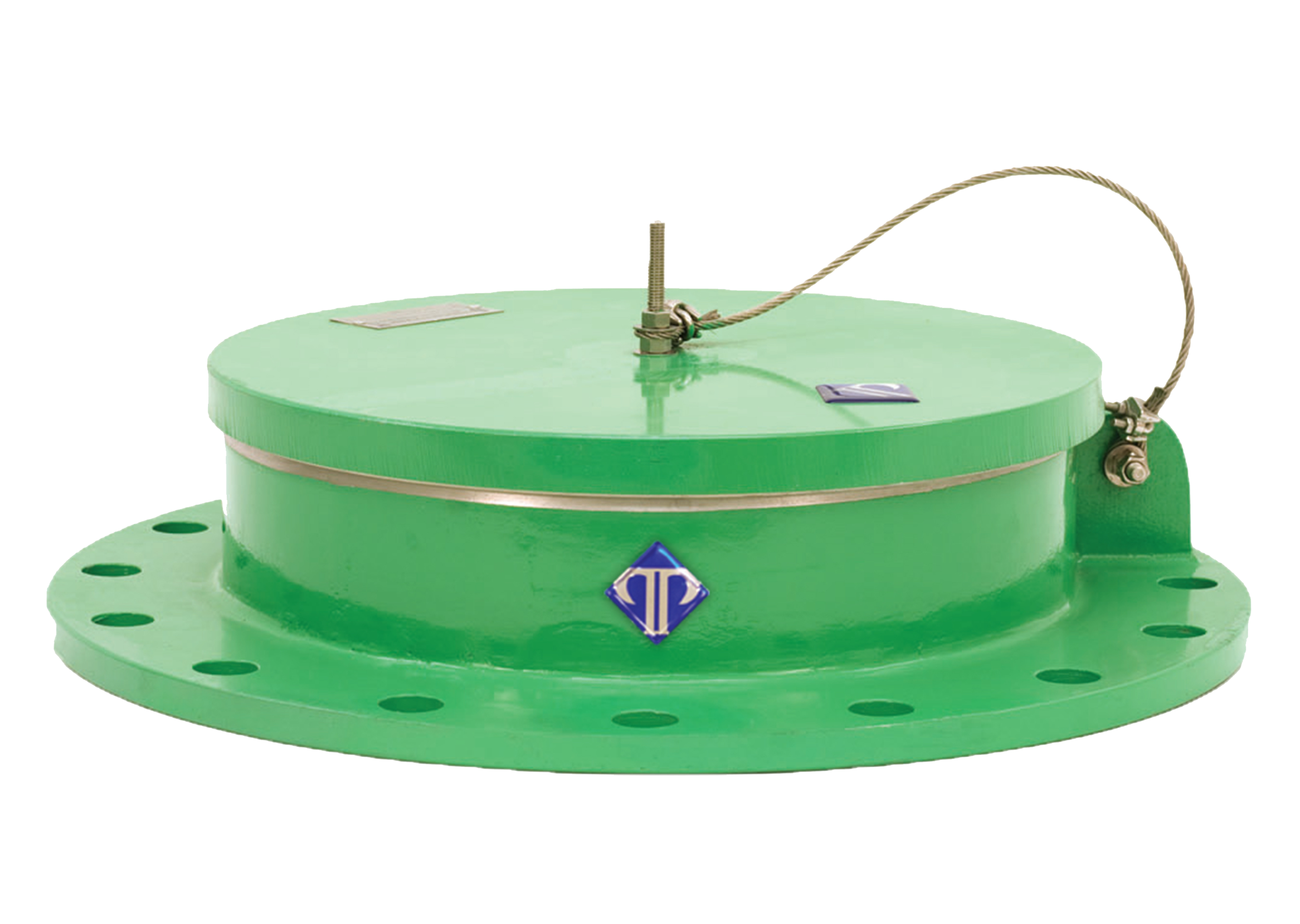 Emergency Vents
Emergency Vents(Series 75)
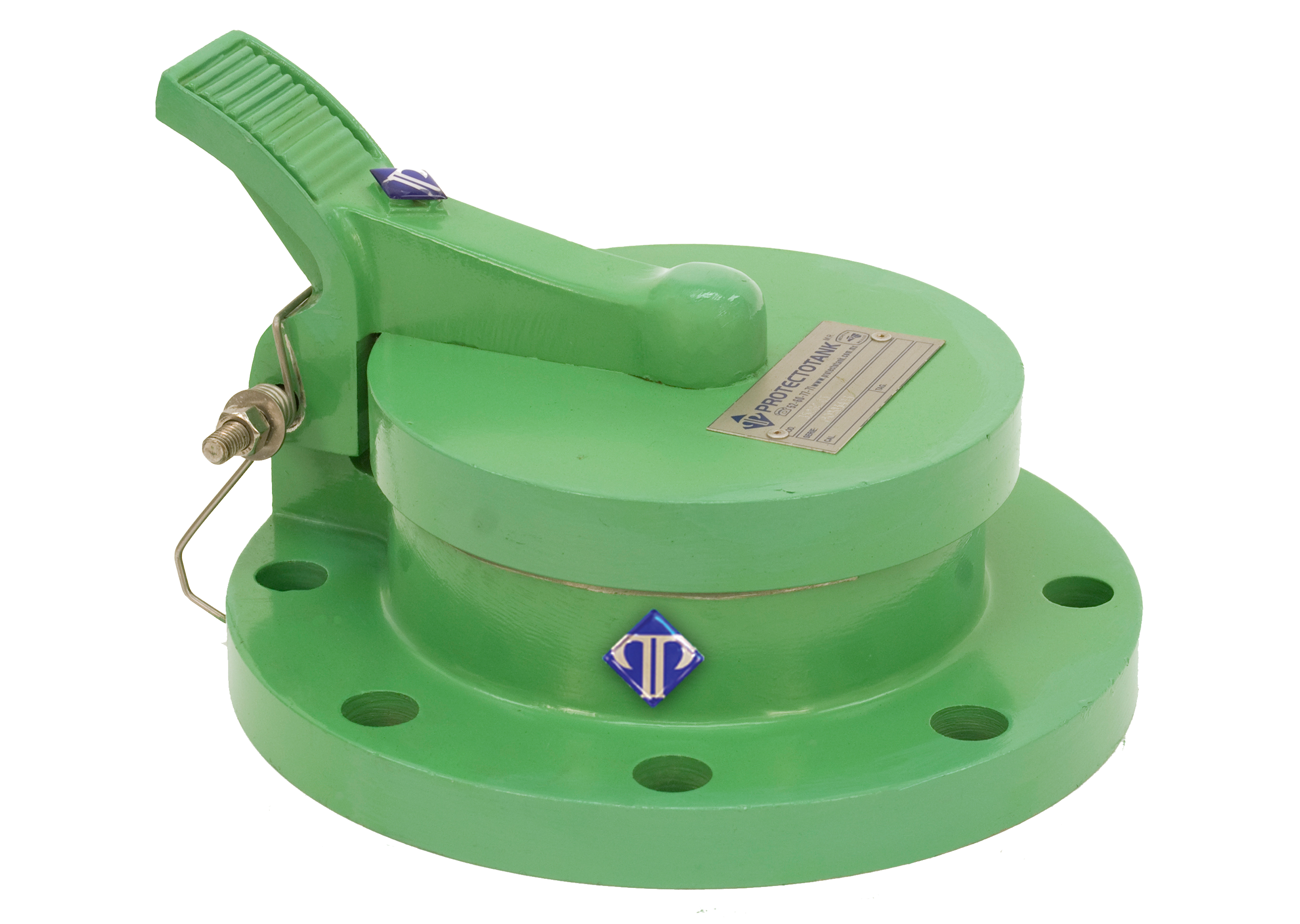 Hatches
Hatches(Series 35)
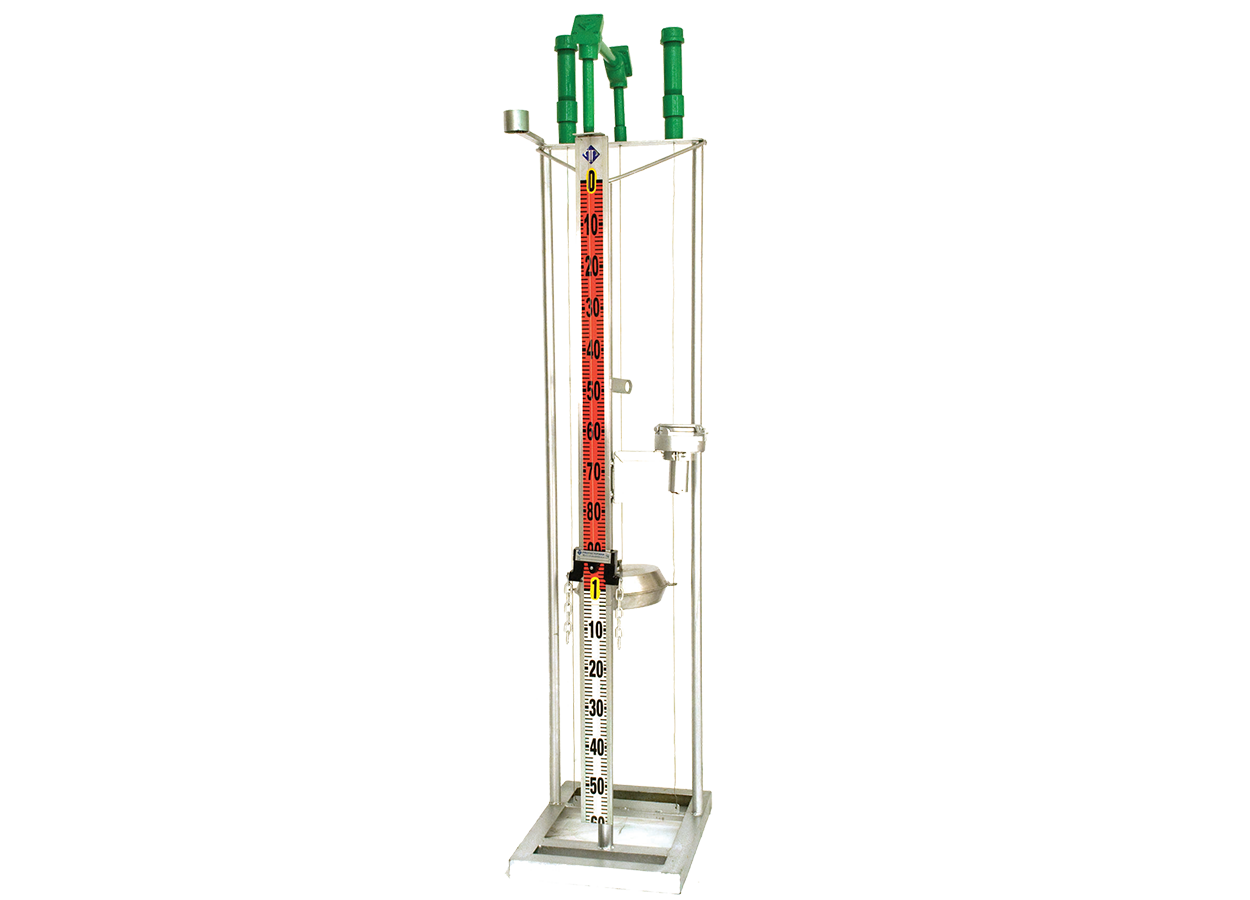 Level Indicator (Series 25)
Level Indicator (Series 25)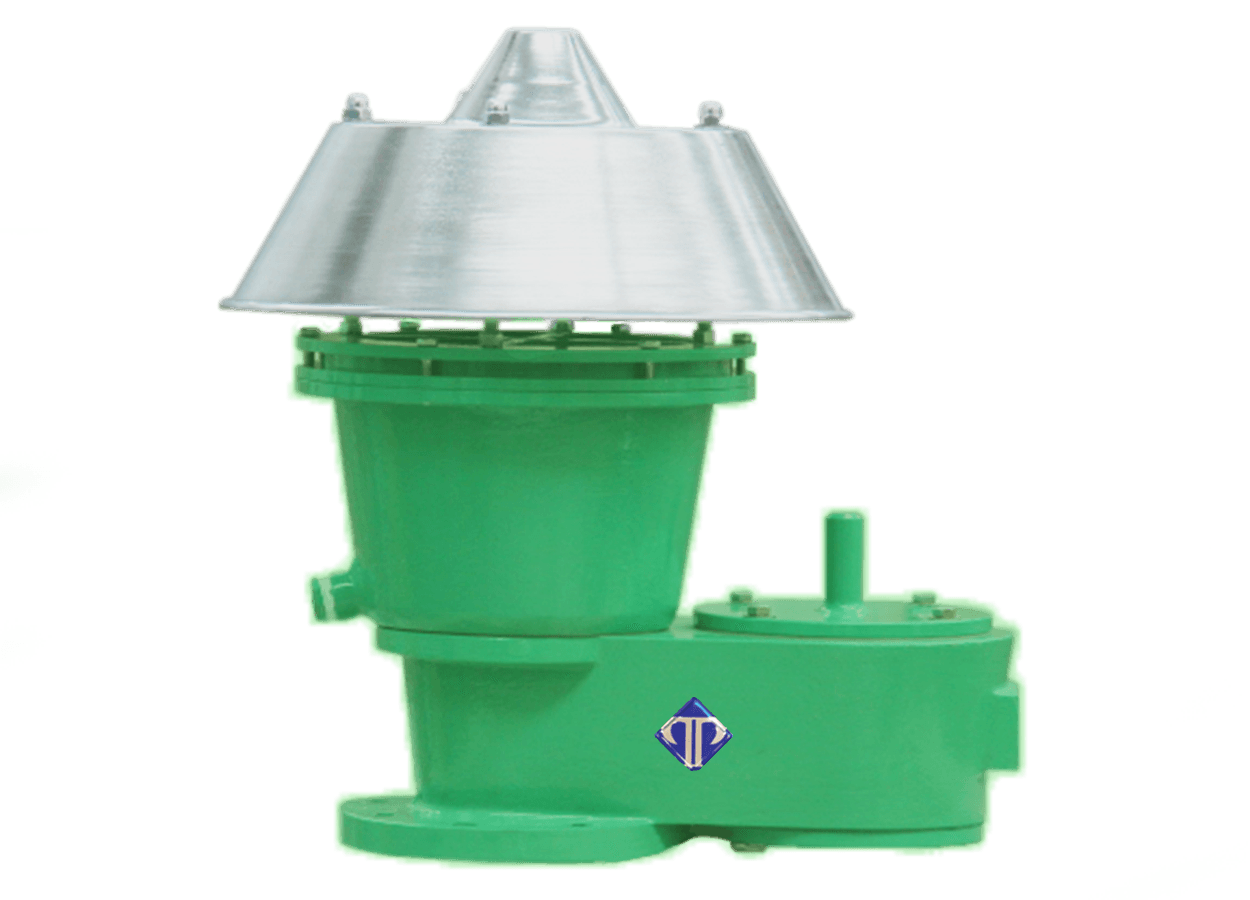 Valve with Integrated Arrester (Series 55-A)
Valve with Integrated Arrester (Series 55-A)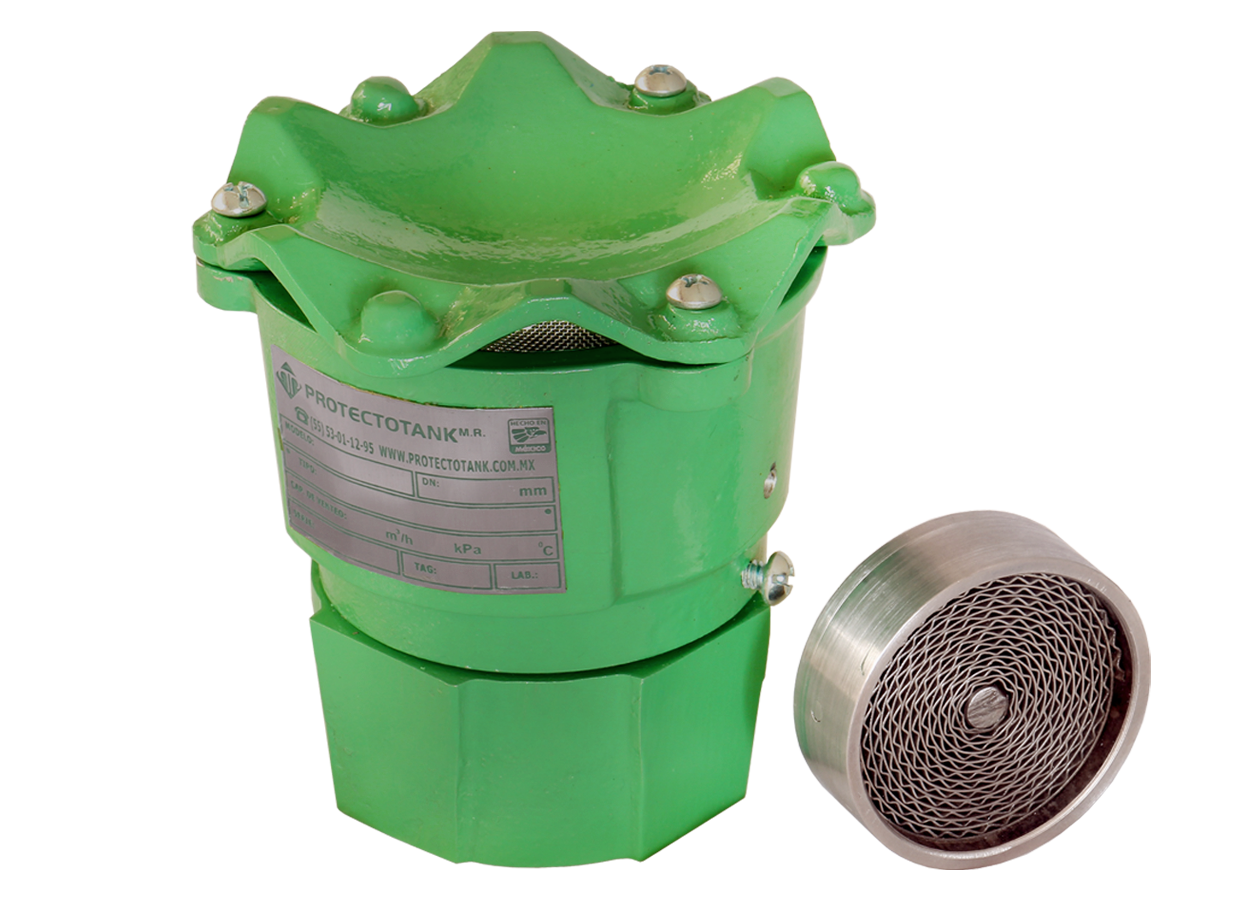 Integrated Vent Valve (Series 55-B)
Integrated Vent Valve (Series 55-B)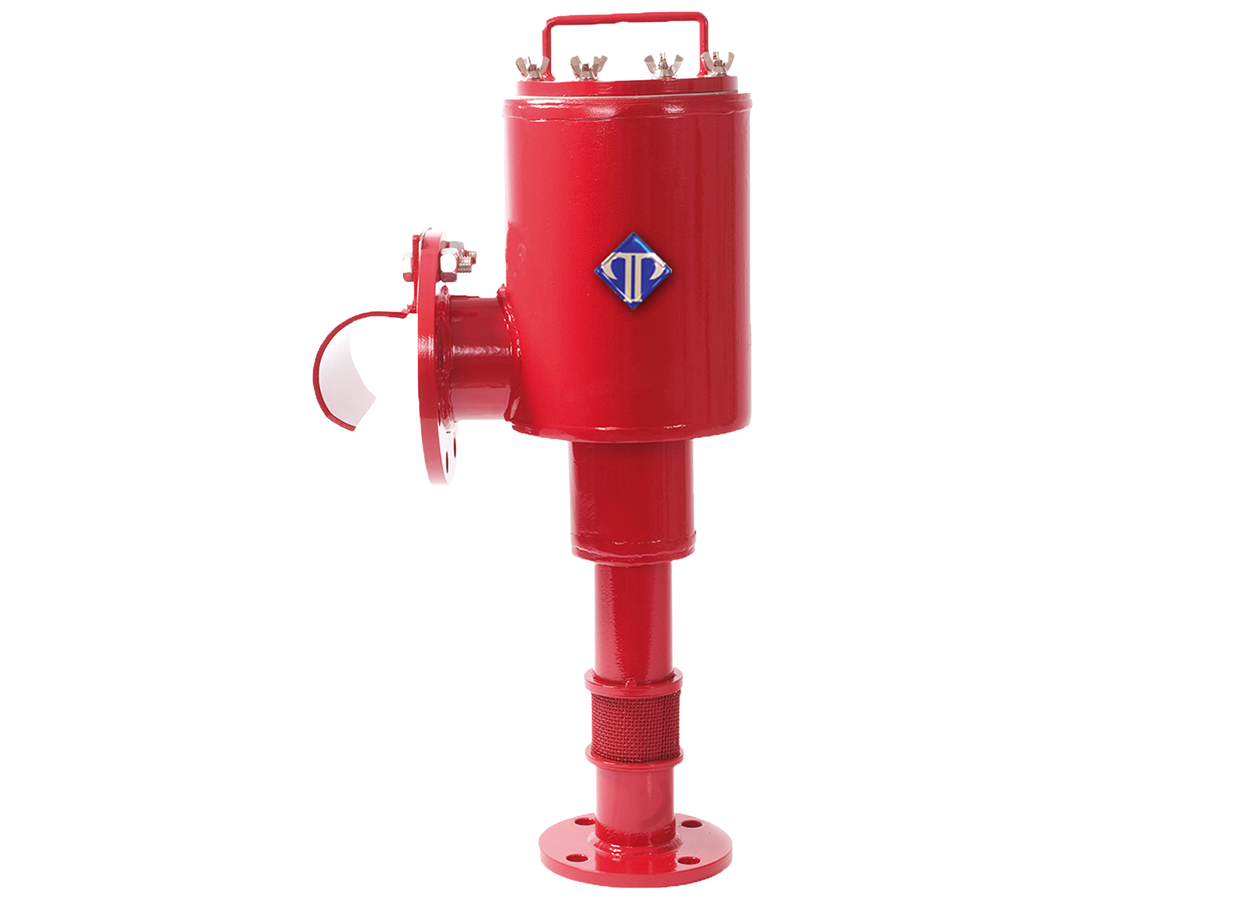 Foam Chamber
Foam Chamber(Series 95)
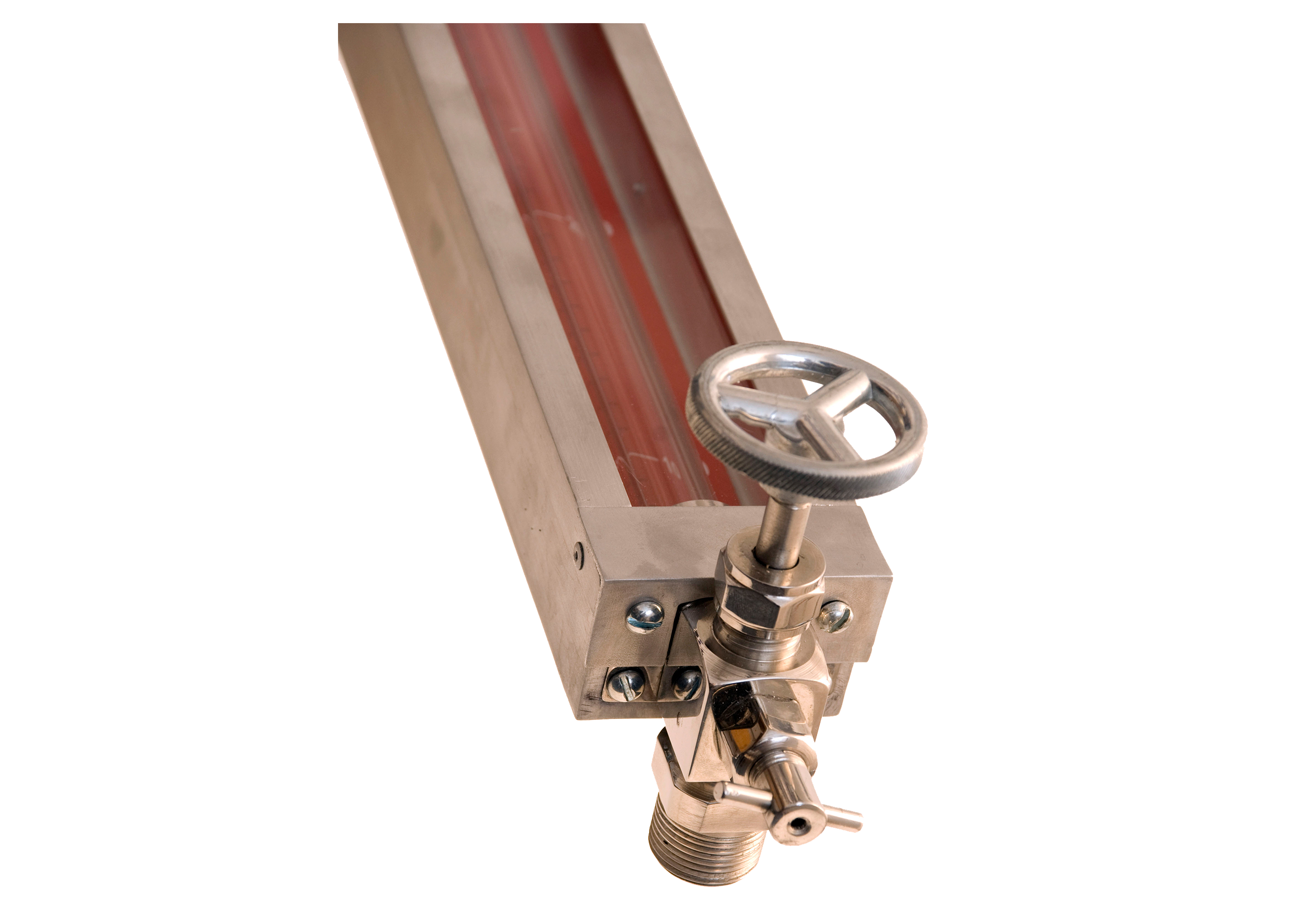 Cristal gauge type level indicator (Series 45)
Cristal gauge type level indicator (Series 45)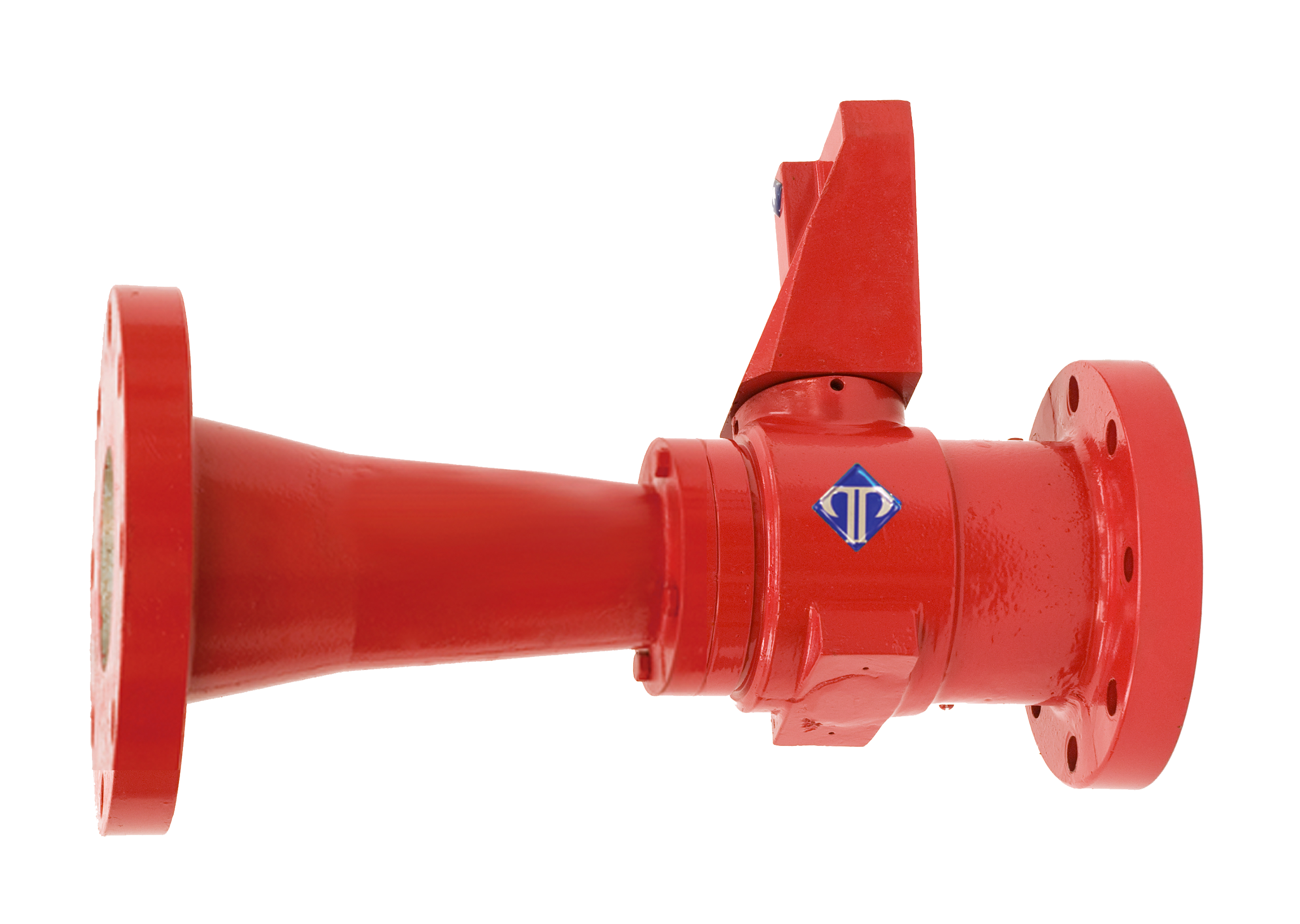 Sub-surface foam Proportioner (Series 285)
Sub-surface foam Proportioner (Series 285)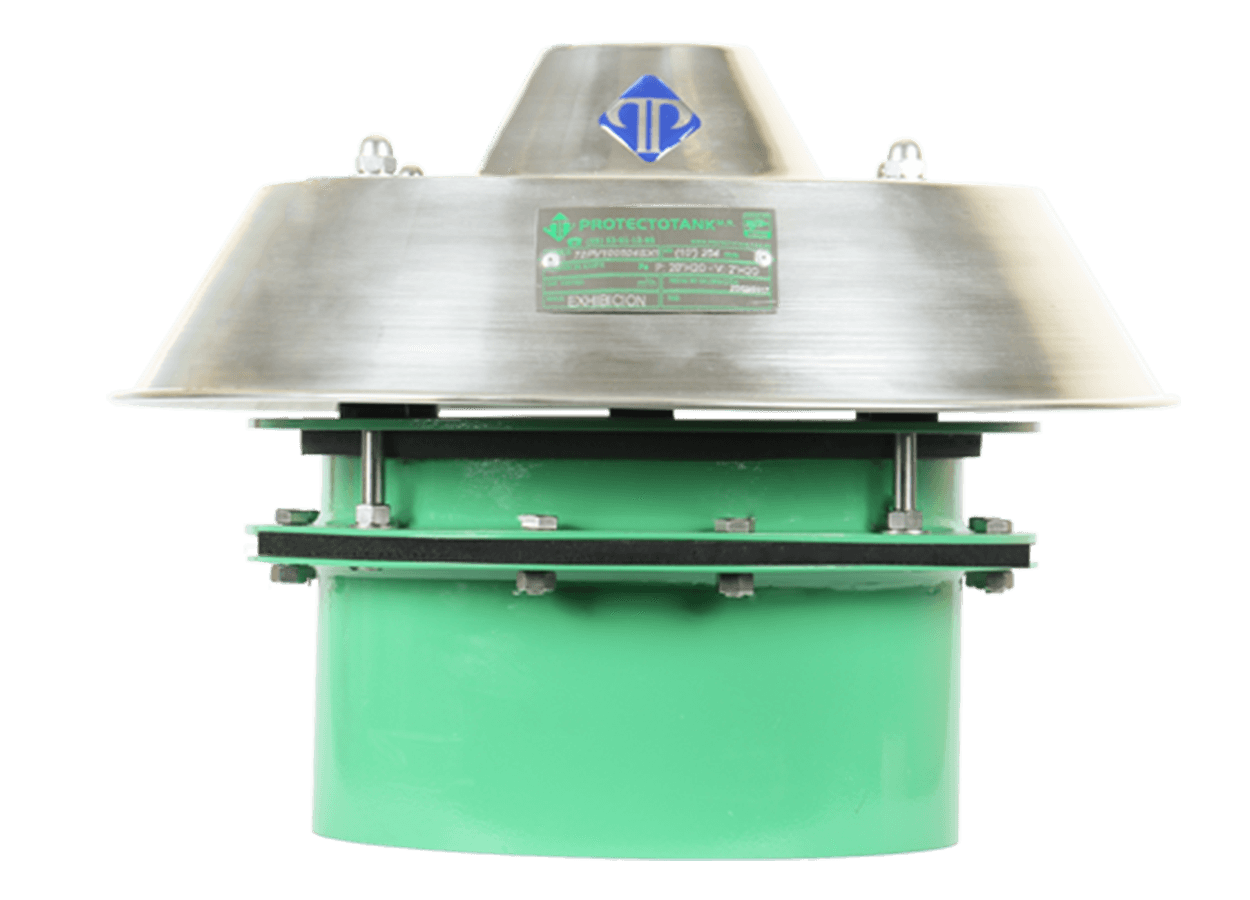 Pressure and Vacuum Relief Vent for Powder Silos (Series 72)
Pressure and Vacuum Relief Vent for Powder Silos (Series 72) Manhole
Manhole(Series 76)
 Radio Frequency Level Switch
Radio Frequency Level Switch(Series 110)
 Air Dryer
Air Dryer(Series 82)
(series 55)
(series 65)
(series 75)
(series 35)
(series 25)
(series 55-A)
(series 95)
(series 45)
(series 285)
(series 72)
(series 76)
(series 55-B)
(Series 110)
(Series 82)
Designed to control the venting of atmospheric or semi-pressurized storage tanks, they reduce the volume of emissions into the atmosphere, contributing to a safe working environment, generating savings and protecting the ecosystem.
The daily operation of storage tanks implies having vent regulation devices. If these devices are not available, the tanks will emit vapors from the stored product, generate waste, pollute the atmosphere, and increase a fire hazard.
Flame arresters have two applications. The first one is related to their installation in low pressure atmospheric storage tanks to avoid the potential entry of flames inside the tank, caused by external fire. The second, related to inhibiting the spread of flames in gas pipeline systems, such as in the case of open-air burners or gas injection into vapor recovery plants.
For fire occurring outside the storage tank, the emergency vent acts as a safety valve by relieving excess pressure inside the tank itself, simultaneously eliminating the risk of explosion. It operates when an overpressure on the inside or a fire on the exterior of the tank takes place. The fire generates a precipitous release of vapors, which would normally lead to an explosion in the tank. It is feasible to avoid this effect as the venting decreases the vapor pressure to a predetermined level.
Measuring hatches are accessories designed to be placed at top of the storage tanks. They are used for quick access to the interior of the tanks and for proper closing when activities such as manual level measurement, sampling and loading or unloading, or any other related activity, are carried out.
Prompt access to the tank is gained when a hatch is opened by applying pressure to the foot pedal.
The strip-type level indicator offers a convenient solution for level measurement in atmospheric storage tanks containing clean, low-adhesion liquids or solids in suspension. It works on the basis of a simple counterweight system inside the tank.
The float follows the level of the liquid inside, while a cursor is positioned inversely on the exterior of the tank so that the corresponding measurement can be made.
This equipment features the control of the entry and exit of gases and vapors that are present in atmospheric or semi-pressurized storage tanks. One of the main benefits of using valves is to control emissions into the atmosphere, which generates savings, protects the environment and avoids the presence of explosions inside the tank, which can be generated by the return of the flame to the interior of the tank.
The valve can be adjusted to produce specific pressure or vacuum values different from those of the storage tank. This allows the tank, operators and facilities to be protected from excess pressure or vacuum.
The foam chamber has been designed to form and inject low expansion flammable foam directly onto the liquid surface inside the storage tank. When used, it forms a layer with the ability to extinguish the fire by removing oxygen. Usually, the chamber is installed on the side sections of vertical atmospheric storage tanks (fixed and floating roof) above the maximum liquid level, being connected directly to the water/foam mixture supply line.
In cases where it is necessary to take advantage of the communicating vessels principle in order to determine the level of liquid contained in a storage tank through the direct display method, two types of indicators are available: the high pressure (reflex) gauge and the versatile "armored" gauge for vessels operating at atmospheric pressure.
Counter-pressure injection is intended to form a layer on the surface of the liquid, by coming from the bottom of the tank. Sub-surface foam injection is useful in fire prevention and when traditional foam chambers are damaged or failing.
The Series 72 emergency vent for pneumatic systems has been designed to control excess pressure or vacuum within silos for powders, grains and solids in general.
This is caused by pneumatic conveying or by thermal effects in the silos, which can lead to severe damage to the structure of the silo itself, as well as to equipment near the silos.
These components have been designed to be placed on top of the tank in order to allow quick and easy access to the tank without dismantle other equipment or fixed connections when the tank is operating.
The integrated venting valve allows control of the entry and expulsion of gases and vapors from atmospheric or semi-pressurized storage tanks. Through its use, it is mainly a way to control emissions into the atmosphere, resulting in savings and preserving the environment. Likewise, safety conditions are obtained by avoiding the backward movement of flame into the tank, which prevents the risk of explosion.
This equipment features a point level switch whose purpose is to detect both the presence and absence of material in containers, silos, tanks or other types of recipients. The switch allows a better control of any type of liquid, solid and interface.
Air dryers are used in cases where the intake air must be dried for atmospheric ventilation of the storage tanks, where only little or no humidity is allowed inside the tanks. This process is carried out in those conditions where the product requires it.





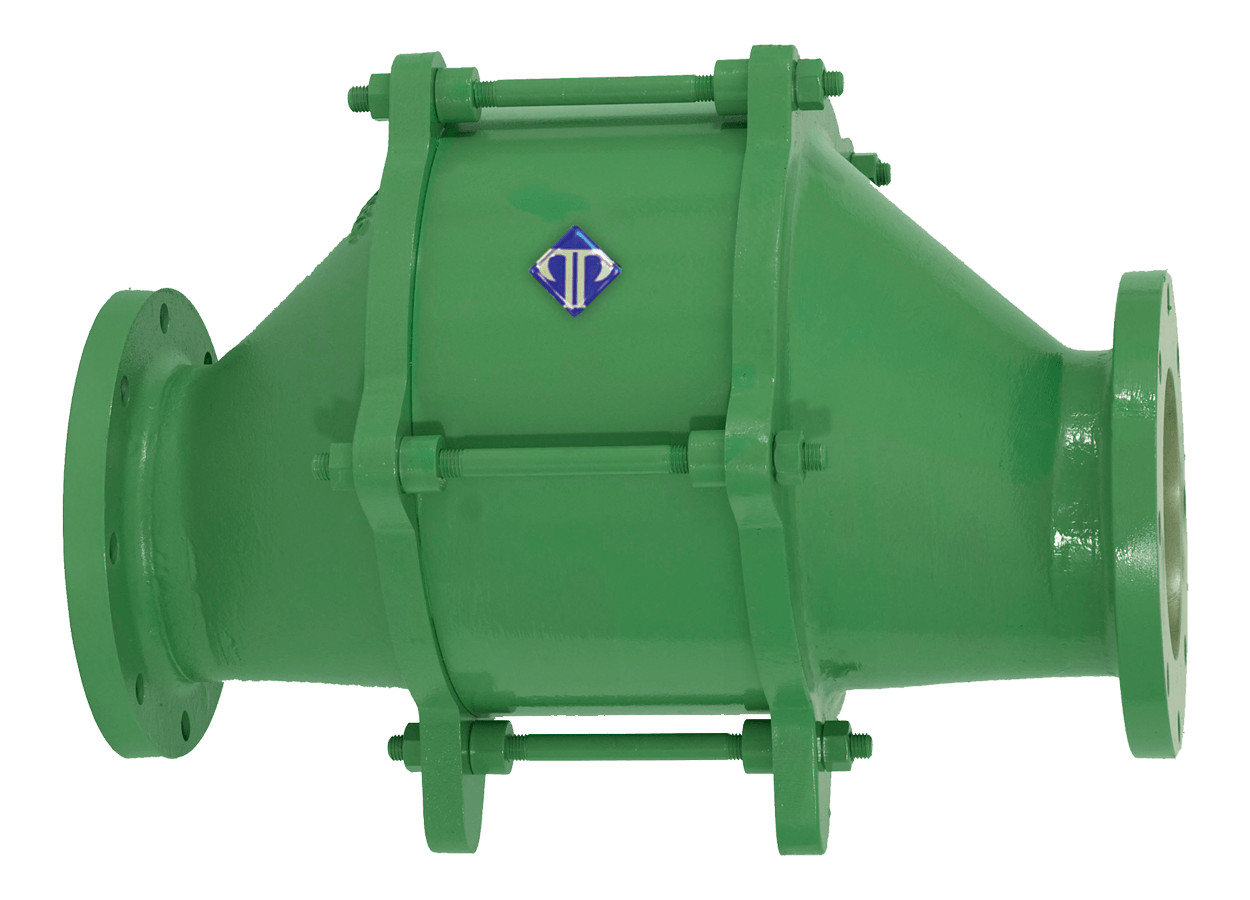

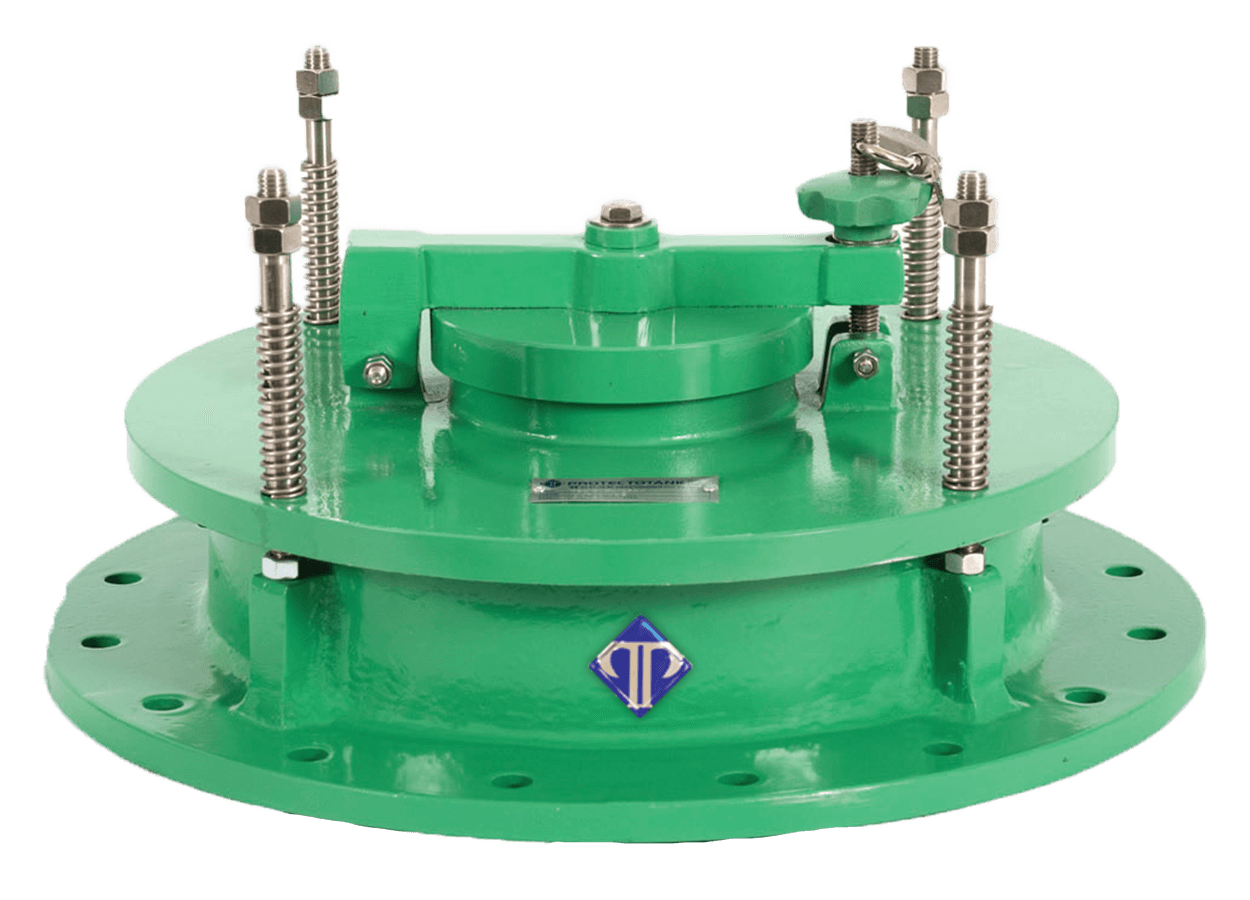
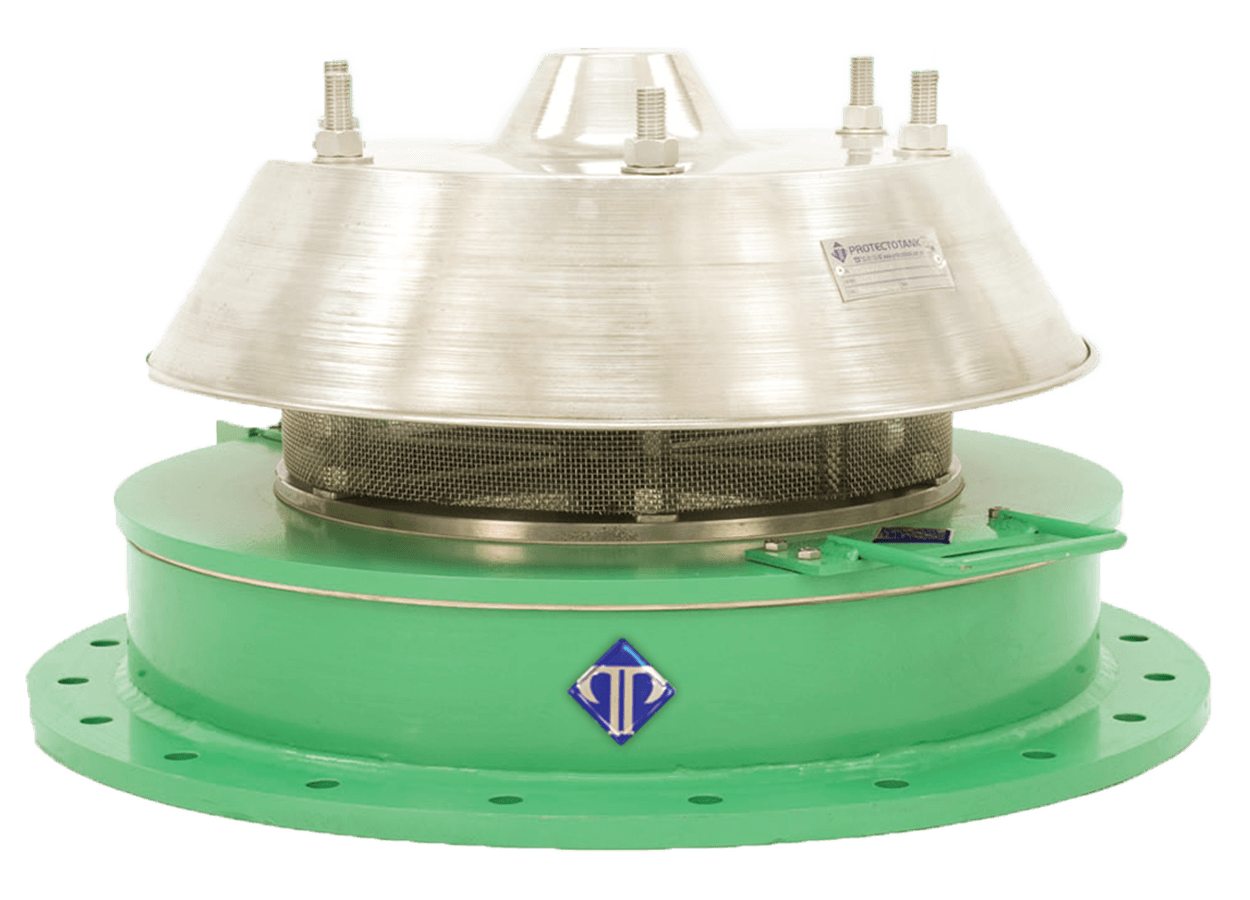

Greenhouse effect Gas Control (GHG)
Establish a documented methodology that aims to reduce the emission of vapors in storage tanks, which seeks to achieve product savings, reduce the risk of fire or explosion, and mitigate greenhouse gas emissions.
Project advantages:
- Determine the state of the tank by means of a mechanical integrity study to optimize the calibration of the vent valves and the emergency vent when operative.
- Reduce the emission of greenhouse gases to the environment, which is derived from the evaporation of condensed product as a result of its chemical characteristics and physical properties.
- Prevent fire and/or explosion in tanks and surrounding stations by reducing the flammable vapor present nearby.
- Decrease losses to help achieve a better return on investment.
- Help meet new National Hydrocarbons Commission requirements regarding controls on gas flaring and venting.
How valves operate
Burner Equipment
CC Azteca / Protectotank has specialized in the design and supply of the best instrumentation to maintain the correct operation of a flare. It is very important to keep this equipment in adequate operating conditions, as well as to update it in accordance with the best control, and safety practices.
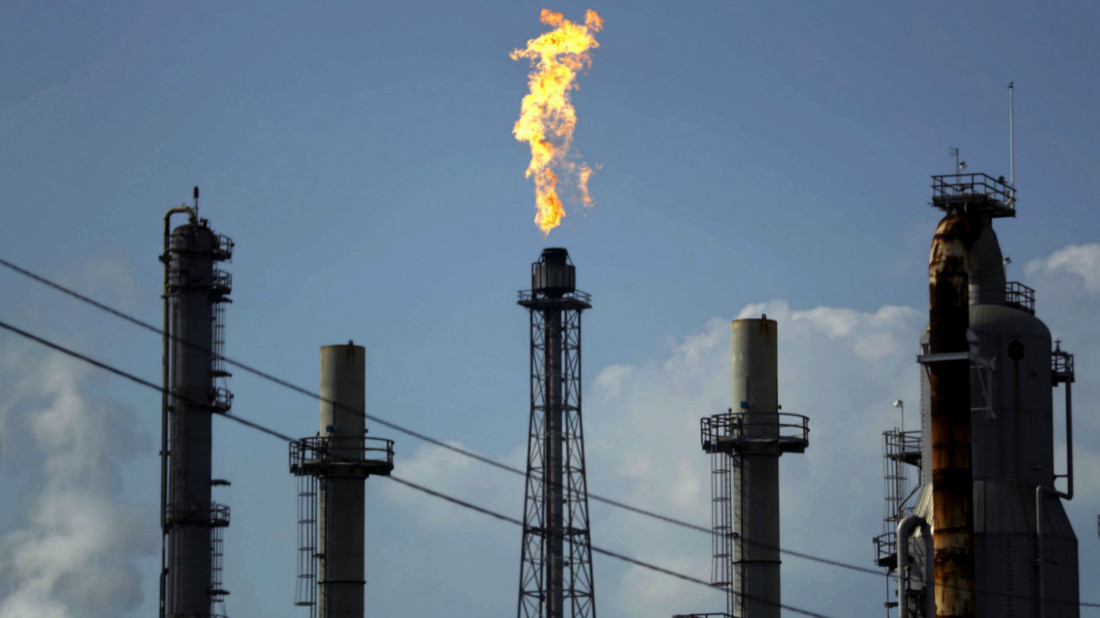
Pilot burner
(series 325)
Pilot is an integral part within a flare equipment. Its specific function is to keep a flame burning permanently at the nozzle of the burner. It is integrated into other systems such as: regulating lines, elevation systems, control panels, flame traps, fluidic nozzles, and level controls for seal tanks.
Power Supply System
(series 315)
The power system provides adequate, reliable and sufficient power for the operation of the burner. It represents an autonomous system that has the ability to operate at all times various subsystems, such as the control panel, level alarms, data transmission system, among others.
Control and Monitoring Board
(series 330)
The Protectotank Series 330 control and monitoring board, like other panels, works to control the continuous operation of the burner. It also has the function of monitoring the supply of purge gas to the pilot, the level of fluid in the liquid seal tank or knock drums, as well as the solar cell energy backup system.
Regulating Line
(series 340)
The regulating line has been designed for the constant and regulated supply of filtered gas to the pilot or purge process. Also, the line intervenes in the processes of filtering, regulation and detection of supplied gas, being the line calibrated to allow a controlled and sufficient flow of gas with respect to the size specifications of the burner.
Flare Subsystems (series 328)
Represents a device integrated by pulleys, which are connected to allow the pilot, once the safety brake has been removed, to rise or descend with the purpose of providing maintenance to the pilot himself, as well as to the ignition cable, the electrodes or spark plugs, among other devices. The device contains a wire rope, which allows a lower resistance of the weight and maintenance of the pilot.
Test Bench
The test bench provide a way of checking how equipment and its components behave in a rigorous, transparent and repeatable manner. Our test bench have the design and special manufacturing conditions that make them versatile for use in fixed installations or in open areas for field testing.
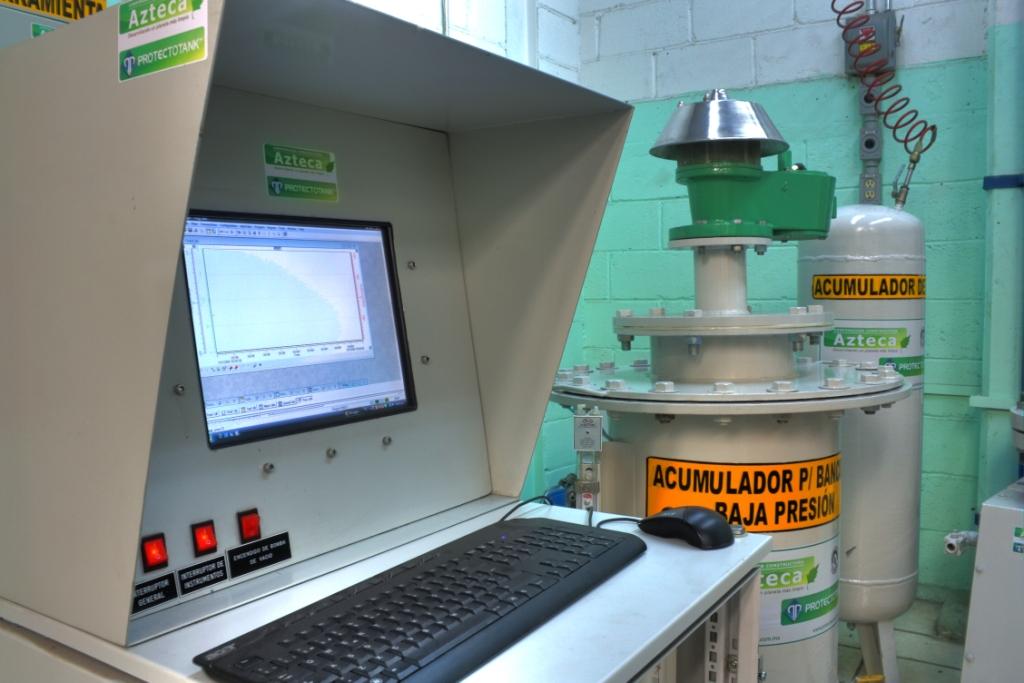
Models
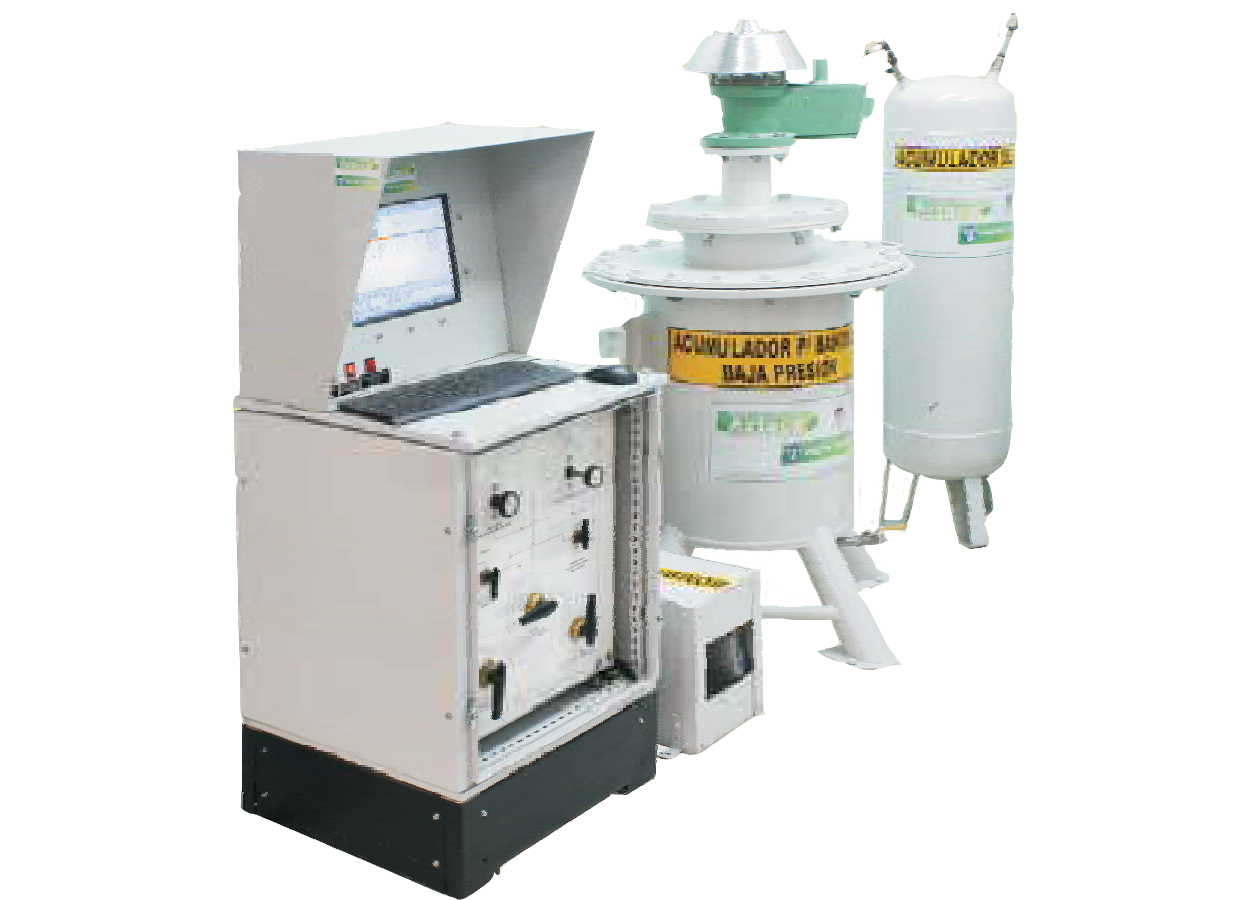 Low Pressure Test Bench
Low Pressure Test Bench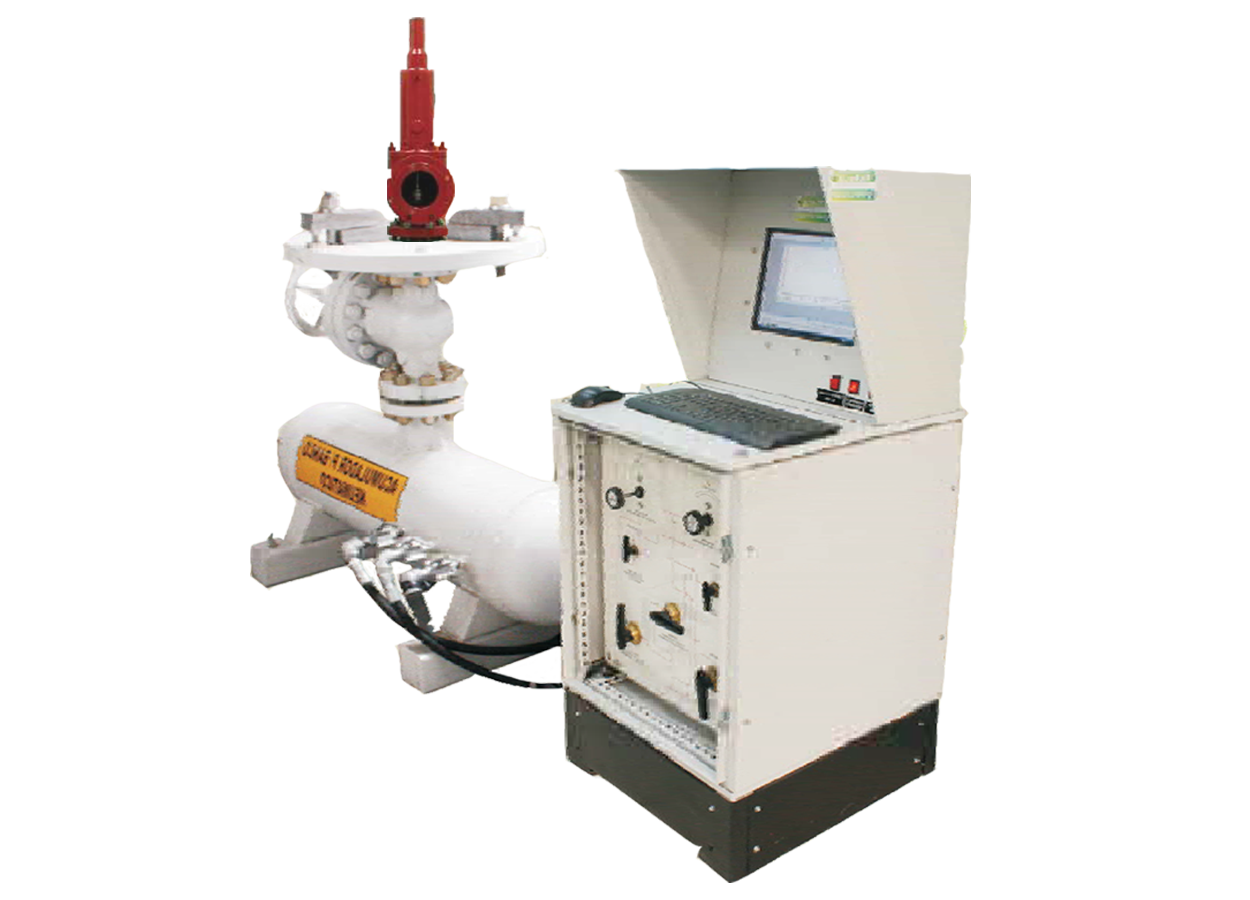 High Pressure Test Bench
High Pressure Test Bench

